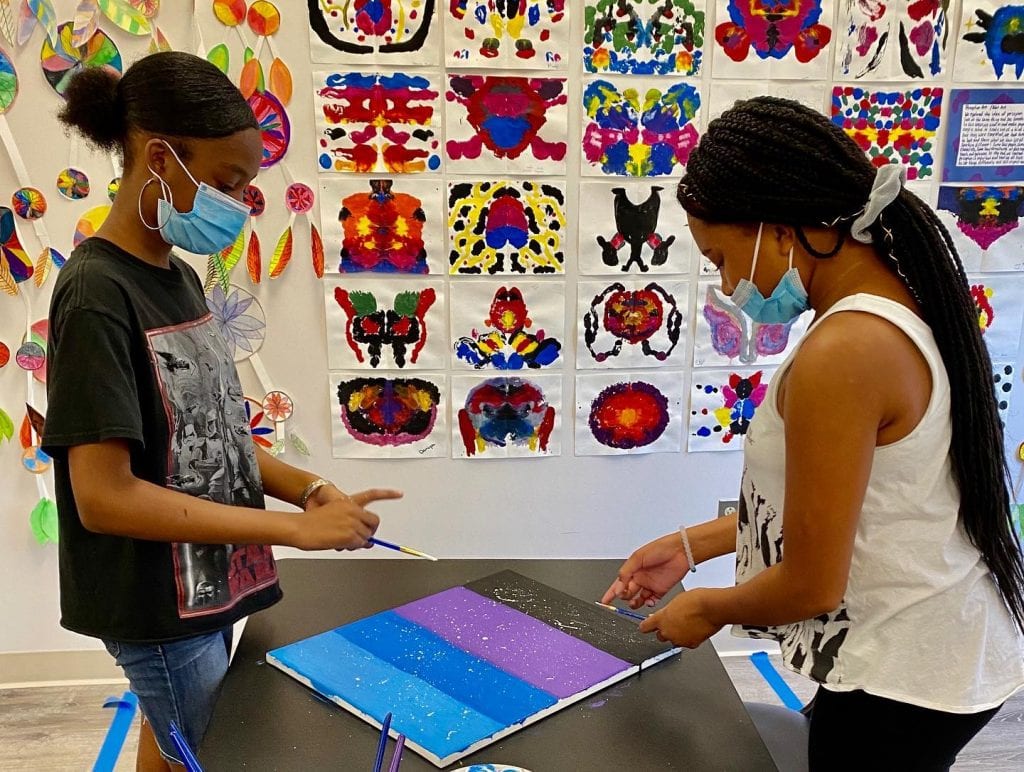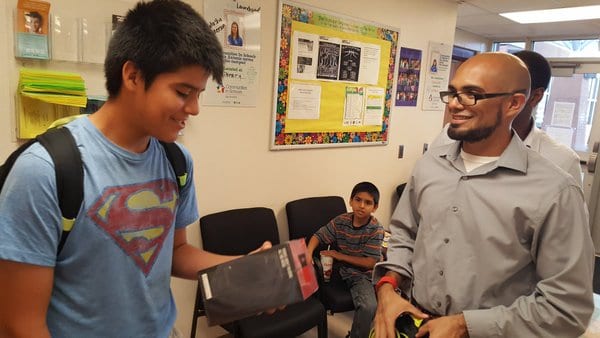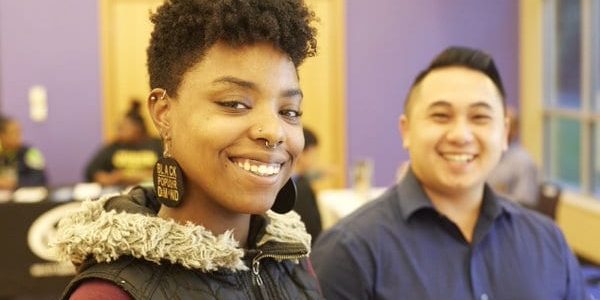One year ago, we saw the beginnings of systemic disruptions sparked by the COVID-19 pandemic and the convergence of health, racial and economic crises that heightened public awareness of structural racism. The Cradle to Career Network rose to the challenge of meeting immediate needs while pursuing efforts to transform systems, close opportunity gaps and advance more equitable outcomes.
At StriveTogether, our goal is to achieve population-level results, cradle to career. We define systems transformation as a fundamental and institutionalized shift in policies, practices, resources and power structures so that Black, Indigenous, Latinx and Asian youth and families and those experiencing poverty can thrive. In this four-part blog series, I’m sharing how systems transformation leads to equitable results, with examples of what it looks like to shift policies, practices, resources and power. My insights are culled from our 2020 Civic Infrastructure Assessment, a self-assessment completed by all 66 Cradle to Career Network members that gathered rich data on partnership progress toward systems transformation.
 Actions speak louder than words. One of the powerful ways that cradle-to-career partnerships are walking the talk on closing opportunity gaps is through shifting financial and non-financial resources so that Black, Indigenous, Latinx and Asian youth and families and those experiencing poverty make decisions about how funding and capacity are allocated in their communities. To make that possible, state and local governments, philanthropy, educational institutions, nonprofit organizations and other system leaders need to generate, allocate and re-allocate capacity, funding and other resources based on the interests and priorities of Black, Indigenous, Latinx and Asian youth and families and those experiencing poverty.
Actions speak louder than words. One of the powerful ways that cradle-to-career partnerships are walking the talk on closing opportunity gaps is through shifting financial and non-financial resources so that Black, Indigenous, Latinx and Asian youth and families and those experiencing poverty make decisions about how funding and capacity are allocated in their communities. To make that possible, state and local governments, philanthropy, educational institutions, nonprofit organizations and other system leaders need to generate, allocate and re-allocate capacity, funding and other resources based on the interests and priorities of Black, Indigenous, Latinx and Asian youth and families and those experiencing poverty.
As StriveTogether Cradle to Career Network members bring together diverse partners across sectors to collaborate, there are opportunities to align resources toward shared goals. This work includes:
- Creating innovative investment strategies to align and direct resources to communities of color;
- Mobilizing responsive supports during a crisis, such as the allocation of remote learning space, devices, food, personal protective equipment and other supplies during the pandemic;
- Compensating community members for engagement with stipends or other means; and
- Changing organizational structures and internal practices to add dedicated capacity for responsive and emergent priorities.
Here are some examples of how communities across the Cradle to Career Network are shifting resources. Find more examples in our network stories collection.
- In Bridgeport, Conn., Bridgeport Prospers advocated for their community and received the only community-based COVID-19 4-CT grant, which was directly invested into PT Barnum, the largest low-income public housing community in the region. PT Partners, a group of 12 leaders from the PT Barnum community, guided fellow residents in deciding the best use of those funds, researching solutions and using the funds at their discretion. As a result, residents accessed internet connectivity in the housing complex for the first time along with access to STEM tutoring, fresh food deliveries and electronic gift cards to assist with basic living expenses.
- In San Antonio, Texas, UP Partnership collaborated with the Children’s Funding Project in 2019 to develop a fiscal map to identify, track and analyze all funding sources for programs and services supporting children and youth across Bexar County. An intergenerational and cross-sector Strategic Funding Alignment Task Force was created in 2020 in response to the pandemic. The fiscal map became a starting point for this team’s work to identify funding streams likely to be impacted by COVID-19. The task force then created and implemented recommendations for preventing, mitigating or recovering from these impacts and plan for an equitable recovery.
- In Monterey County, Calif., Bright Futures Education Partnership shifted the majority of the partnership’s time and resources toward improving outcomes through reducing systemic racism and shifting power to Black and Latinx youth and families. Dialogue and action is now focused on systems change and system leaders, taking the onus of change away from students and families.
- In South King County, Wash., the Road Map Project’s Community Leadership Table created guidelines in 2020 to inform the use of Rapid Resource Funds that directly funded grassroots organizations supporting youth and families. More recently, the Youth Healing Project is a youth-led community funding effort that provides resources to grassroots organizations and young leaders advancing youth-led solutions that improve the mental health, connection and well-being of young people ages 16-24 in South King County. Projects led by and for communities of color are being prioritized for grants of up to $15,000.

These communities show how shifting resources is critical to transforming systems and advancing more equitable cradle-to-career outcomes. As an influx of new resources becomes available to communities across the country through the American Rescue Plan, cradle-to-career partnerships are well positioned to support communities to drive resources to the types of supports that Black, Indigenous, Latinx and Asian youth and families need. By doing so, we’ll not only build back better, but build with equity and build to last.
Read part one in this blog series, focused on shifting policies >>
Read part two in this blog series, focused on shifting practices >>
Read part four in this blog series, focused on shifting power >>






